"Beauty is unbearable, drives us to despair, offering us for a minute the glimpse of an eternity that we should like to stretch out over the whole of time." -Albert Camus
After a week at Starts With A Bang filled with a huge variety of topics, from Ninja Warrior to the Moon to the far future of our Universe, you've responded with plenty of original thoughts that have been worth listening to. To recap, and for you to review if you missed anything, this past week saw us cover the following:
- What came first, black holes or galaxies? (for Ask Ethan),
- Imagine a hero (for our Weekend Diversion),
- A globular from the galactic center, M9 (for Messier Monday),
- The two faces of the Moon,
- The physics of the warped wall, and
- Where will we be in 100 billion years? (For Throw-forward Thursday.)
Just like every week, I've picked out my favorite comments to highlight and respond to, so without further ado, here are your Comments of the Week!
From Craig McKenna thinking about the Universe's history: "* The universe started from a big bang about 14 billion years ago.
* The observable Universe stretches some 46 billion light-years in all directions from our location.
* Matter cannot move faster than the speed of light.
These points seem contradictory. How could the universe get so large in such a short time?"
This is actually one of the most common questions I get, and I've answered it a number of times. But the most comprehensive (and recent) explanation I gave is here, and I'll recap it as briefly as I can. If the Universe started from a Big Bang about 14 billion years ago, that means light at maximum could be reaching us now after traveling for 14 billion years at the speed of light. If space were completely static, and never changed over time, that means we'd be seeing objects now that were at most 14 billion light-years away. But space isn't static; in fact, it's expanding!
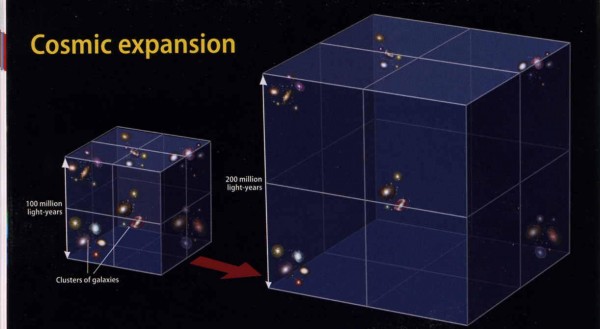 Image credit: Astronomy Magazine, 2007, via http://home.earthlink.net/~rarydin/hot%20stuff.htm.
Image credit: Astronomy Magazine, 2007, via http://home.earthlink.net/~rarydin/hot%20stuff.htm.
The light that's reaching us now, after traveling for 14 billion years, corresponds to a point in space that is presently much farther away than 14 billion light-years. Exactly how much farther away that point will be now depends on what makes up the Universe and in what proportion. A Universe filled with radiation will expand at a different rate than one filled with matter will expand at a different rate than one filled with dark energy. Since our Universe has all three in the proportions we observe, 46 billion light-years is the distance they're at now. The important thing to remember is that the objects themselves haven't been moving, the space between them has simply been expanding. And if you're wondering, the answer is yes: the expansion of space does not have a speed limit like matter or radiation does.
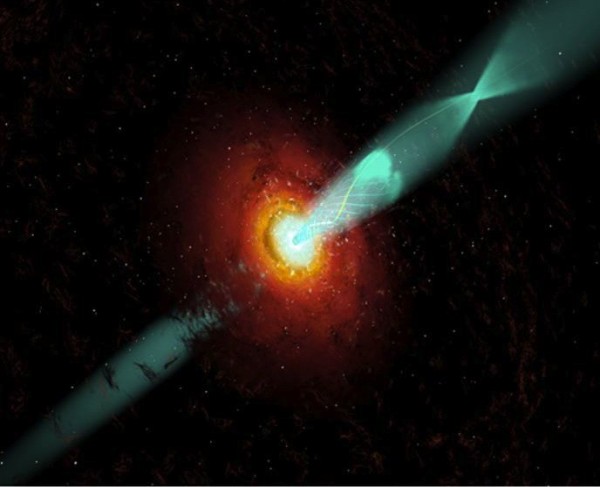 Image credit: KIPAC / SLAC / Stanford, via http://kipac.stanford.edu/kipac/research/agn.
Image credit: KIPAC / SLAC / Stanford, via http://kipac.stanford.edu/kipac/research/agn.
From Pavel on the topic of black holes: "Several years ago, a sharp dependency of size of central black hole and size of galactic bulge has been discovered. There was no explanation for it and it was discussed as large mystery. After a couple of years discussions about this theme vanished and I didn’t note any solution. What the current state of if? Was it explained, or turns the dependency to be false?"
I assume you're talking about observed relations like this:
In general, this is still true, although there is a huge amount of scatter and there are outliers. It's also true that due to the properties of gravitation, dense, spherical distributions are more prone to relaxation (where heavier masses migrate towards the center) than disk-like ones, which could explain why this growth happens more strongly dependent on bulge size. But the explanation I just gave is probably not the whole story, as there's a lot of variety here. We know black holes can get kicked out of galaxies, we know that older galaxies get larger black holes than younger ones or ones with more recent major mergers, we know that there are incredibly large black hole exceptions to this rule.
I don't know whether I'd call it a mystery, but I'd say we still have more to learn before we'll be satisfied with our understanding of this topic.
 Image credit: Alex Tuis, via http://a.tuis.free.fr/SuperHero.html, of Naomie Harris as Storm.
Image credit: Alex Tuis, via http://a.tuis.free.fr/SuperHero.html, of Naomie Harris as Storm.
From FJ on our Weekend Diversion about imagining a hero: "What about these superheroes?"
For those of you who've never seen it before, FJ isn't talking about imagining actors as comic book superheroes, but imagining scientific heroes as action figures!
 Image credit: Russell Gawthorpe of http://datazoid.deviantart.com/.
Image credit: Russell Gawthorpe of http://datazoid.deviantart.com/.
Although this was a very cool art project, it makes me a little bit sad to look at this. Here are 30 heroes that someone's chosen, and other than the one Indian guy (Chandrasekhar), the one Japanese/Tibetan guy (Kaku), the one black guy (Tyson) and the one woman (Curie), this is an assemblage of 26 white guys. You're welcome to have whomever you like as your heroes, but when the comic book Universe -- notorious for its lack of diversity -- makes you look bad, you've got some thinking to do.
From Jason Wright, one of the authors whose paper I wrote about, on the Moon's two disparate faces: "Hi, Ethan. Thanks for writing up our work!
One correction: the maria formed much later than the Moon — as long as 1 billion years it and the Earth had cooled. They filled impact basins that also formed long after the events described in our paper.
Rather, our model assumes that the maria had an easier time forming on the nearside where the crust is significantly thinner. We hypothesize that the reason for the thinner crust on the nearside is that there were fewer crust-forming elements on the nearside during most of the crust formation, which also occurred long after the Earth and Moon’s surface had cooled.
All the action in our model that occurs when the Earth is still hot involves how the crust-forming minerals made their way into the Lunar Magma Ocean in the first place. We hypothesize that the farside of the Moon was in shadow, and so the refractory elements calcium and aluminum preferentially condensed there. Once there, they were incorporated into the magma ocean, and much later helped form the thicker crust.
Much later, impacts formed the basins and finally, later still, basalts erupted and formed the maria on the nearside because they could more easily penetrate the thinner crust there."
I have very little to add to this; this is 100% correct! (And also something I wish I had said when I wrote this piece originally.) The big problem that their model successfully solves is why there are such significant lunar highlands on the far side and lowlands on the near side. Just like our oceans and seas fill the basins defined by sea level, the young Moon's molten interior would erupt and fill in the surface basins, but only in the lunar lowlands. Cool stuff!
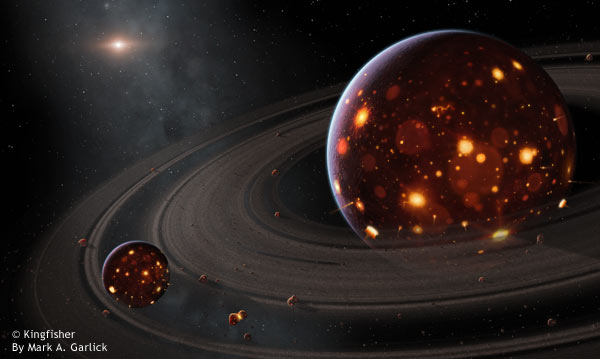 Image credit: copyright Kingfisher, art by Mark A. Garlick, retrieved from http://spaceart1.ning.com/photo/birth-of-the-moon.
Image credit: copyright Kingfisher, art by Mark A. Garlick, retrieved from http://spaceart1.ning.com/photo/birth-of-the-moon.
From Michael Fisher on the subject of the Moon's formation: "[1] At what distance from the Earth did the the Moon form? [I read somewhere the Moon appeared 10 times bigger, but the above space art picture appears to show the moon orbiting much closer than that ~ about one Earth diameter above the Earth surface]
[2] Did we calculate the figure for [1] from best guesses or is there physical evidence?
[3] How quickly would tidal lock occur at that distance? [my wild guess is 100M years]
[4] Does tidal locking occur quicker when both bodies are still molten & thus more “squidgy”?"
Here are some very good question that I should respond to, though. Although the Moon is presently about 30 Earth diameters away (and yes, I did erroneously state forty; that was my mistake), it was initially thought to have formed more like two-to-four Earth diameters away from our world. As Sinisa points out, we have physical evidence of the rate of the Moon's recession from Earth from our planet's geology going back on timescales of hundreds of millions of years, and our understanding of gravitation and tidal forces is robust enough that we can extrapolate back long periods of time with small uncertainties. The Earth-Moon distance in the early stages is uncertain by maybe 10-20,000 km, but not more than that.
But what about the speed of tidal locking? How quickly did that occur? To answer that, we have to go back to the formation of the Moon.
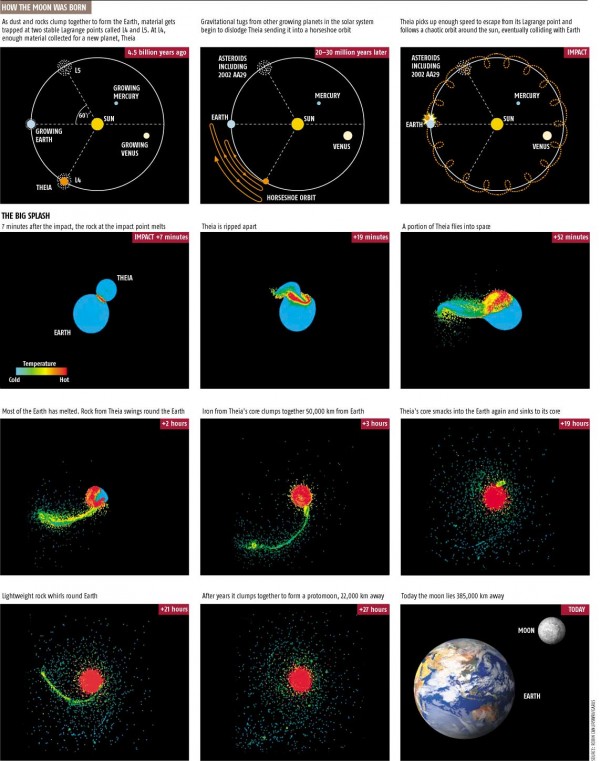 Image credit: source unknown, retrieved from http://godssin.blogspot.com/2011/02/how-many-moons-does-earth-have.html.
Image credit: source unknown, retrieved from http://godssin.blogspot.com/2011/02/how-many-moons-does-earth-have.html.
The issue is not necessarily one of huge tidal forces, although unlike gravity, which is an inverse square law, tidal forces follow an inverse cube law, meaning tidal forces were 1,000 times stronger when the Moon was 10 times closer. Instead, it's worth considering that there's no reason to believe that the Moon formed with any appreciable amount of spin angular momentum at all! In fact, simulations indicate that the initial rotation rate of the newly formed Moon would be very close to the initial revolution rate, and certainly not off by a factor of more than 100%. Based on my best estimates using this formula, if the Moon's center started out about 30,000 km away from Earth's, it would lock in just one year, and would have locked in just 4 million years even at its present distance. The "squidginess" of a body shouldn't matter for tidal locking, I don't think.
And finally, from Tim Talbert on the Universe 100 billion years from now: "This begs the question, what information have we already lost? While 100 billion years is immense, so is 13 billion years. If the astrophysicist of the future would draw different conclusions about our universe due to a lack of information, are we doing the same thing? And can we compensate for this? Are there things we shouldn’t assume? How is Occam’s razor cutting us?"
This is the question I was hoping you would be left with at the end of my post, because it's my question, too! The Universe was dominated by radiation for thousands of years in its infancy, yet what's left of it now is barely detectable, and except for a peak in the microwave, the primordial IR and radio backgrounds are swamped by astrophysical sources. While dark energy hasn't yet come to dominate over matter, and there's enough radiation left that we can still see some of it, are there any higher-pressure components to the Universe that fell off quickly?
If the Universe was born with micro-black-holes below a certain mass (a few tonnes or so), their leftover signature would be undetectable. What other possibilities could have mattered a great deal in the young Universe that we simply don't even think to look for now? We don't know, but it's magnificent to ponder! In an ideal world, I'd have a complete answer to all your comments and questions, but some of them are simply important to remember and worth thinking about.
Thanks for another great week, and I can't wait to share the next one with you, too!

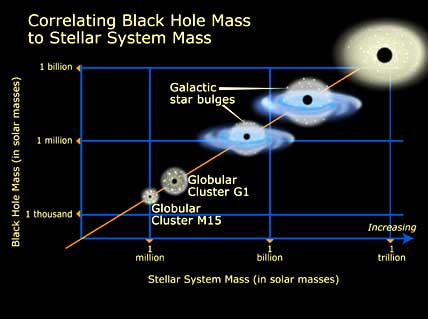

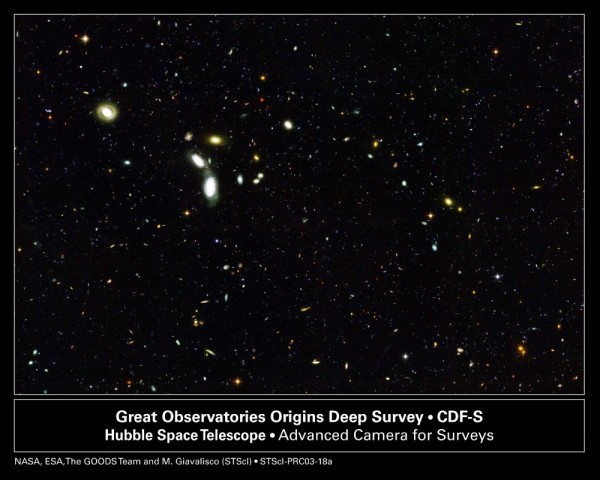
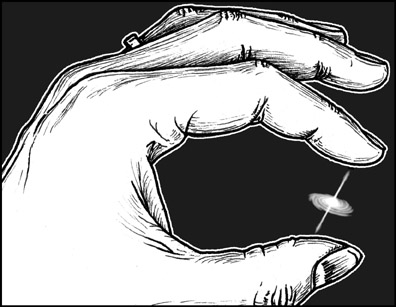
Hi, continuing about the moon creation, did the Earth grow in size and mass, or keep almost the same, plus a moon?
About the tidal locking, wouldn't the "squidginess" of the body that would be a factor? E.g., if the Earth were a totally rigid body, there would be no tidal bulge to affect & accelerate the Moon, and in turn to slow down the Earth's rotation, and vice versa. On the other hand, I'd be open to the possibility that anything short of nearly total rigidity would behave similarly.
Added after following the link: Sure enough, in the formula on Wikipedia to which you linked, there's the Love number, k_2, which "measure[s] the rigidity of a planetary body and the susceptibility of its shape to change in response to a tidal potential." Isn't that what's meant by "squidginess"?
On the ‘Heroes of Science’ poster, there are, at the very least, six that absolutely do not deserve to be included. These are:
Freeman Dyson
Carl Sagan
Neil deGrasse Tyson
Stephen Jay Gould
Richard Dawkins
Jaques-Yves Cousteau
Omitted, but should be included, are:
Hendrik Lorenz
Fritz Zwicky
Vera Rubin
Cecilia Payne
Lisa Randall
pls. excuse the typo on Lorentz
On the last question, it is more remarkable what we _can_ know (laws, universe content and evolution, et cetera), albeit laws is what makes it possible through regularities.
That we do know relatively much right now is perhaps not so remarkable, because complex life arises most likely when the universe is most complex. E.g. right now, before gravity aggregates some parts too much (molecular clouds disperse or clump and stars burn out) and dark energy dilutes it too much (few galaxies to see).
@Rodrigo: Geophysicists, some who pushes for the pre-collision protoplanets to be called Tellus respectively Theia, thinks that the mass difference between Tellus and Earth was ~ 10 %. The difference contributed by Theia, and the remainder mostly making up Moon.
@Randy: That squishiness would comport with the LRO (IIRC) recent result of observing a wandering bulge on Moon too, apparently its innards is flexible enough.
By the way, I wouldn't take the Moon formation model so seriously. These are still open questions, but the last few months have seen people claiming to see that Tellus never entirely melted (by looking at noble gas isotope distributions) and that they can see a remnant of Theia in the Moon. The best for for Theia is enstatite material, which according to asteroid experts derives from roughly Mars orbit in the original debris belt. Two Mars sized bodies out there is a lot easier to swallow than a unique L4 aggregated planetesimal.
That should be the best _fit_ for Theia and so on.
http://www.newscientist.com/article/dn18775-mysterious-radio-waves-emit…
Hello Ethan. I am still enjoying your blogs and the poster you gave me! Was wondering what you make of this story sir.
Thanks for everything,
Crd2